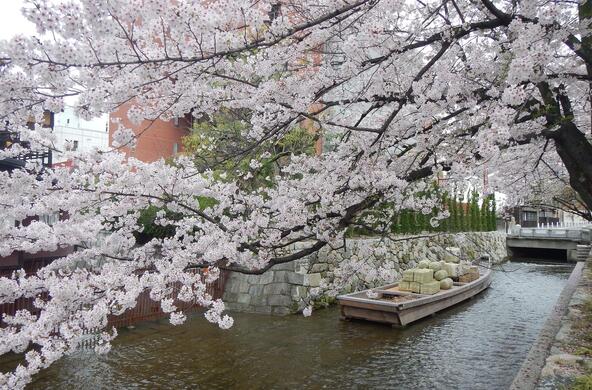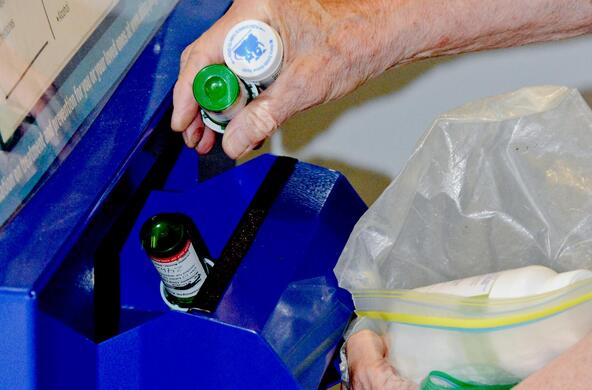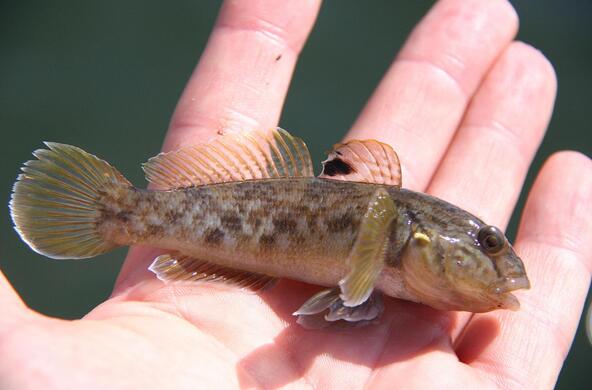Most research projects on the Hudson River look at a snapshot of time: a spring, a summer, a year or two. But the Hudson, like other rivers, is constantly changing.
To better understand its long-term variability, a team of scientists from the Hudson Valley and the University of Virginia sat down and reviewed decades of studies on the river to come up with a bigger picture. Their findings were published in June in the journal BioScience.
"I suppose the goal of the paper was to show how the Hudson ecosystem has been changing rapidly and profoundly over the last few decades, as a result of multiple human activities, and to make the case that such changes are common around the world, and pose challenges to both research scientists and natural-resource managers," said David Strayer, a freshwater ecologist with the Cary Institute of Ecosystem Studies in Dutchess County.
30 years
The time period on which Cary and university scientists focused. Most research projects are less than three years long, Strayer said. The institute has been sending scientists to the river for 30 years, and power plants along the river, which collect data about fish and water chemistry, had some four decades' worth of data available.
More than 40 percent
How much both precipitation around the river and freshwater flow down the river have risen since 1987, when the institute's intensive studies began. The additional freshwater has, at times, affected the river's food chain.
74 millimeters
The rise of sea level at the Hudson's mouth since 1987, pointing to how a rising river in the future could flood wetlands and change the composition of its edges.
0.33 degrees Celsius
How much the river's average water temperature has risen since Cary scientists started studying the Hudson, an increase that's expected to continue in the future.
No. 1
How the Hudson ranks in terms of the amount it has been studied compared with nine other North American rivers, like the Connecticut and the Delaware. Strayer said he used a research database to draw this conclusion.






